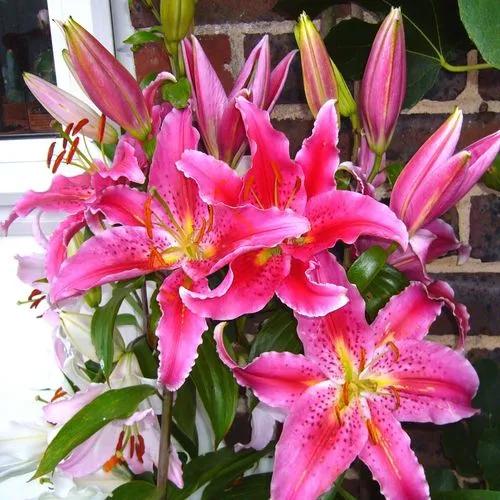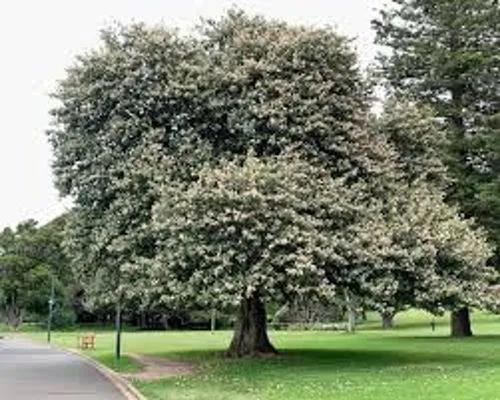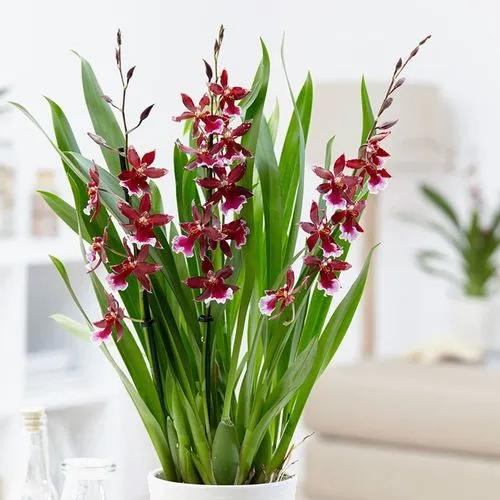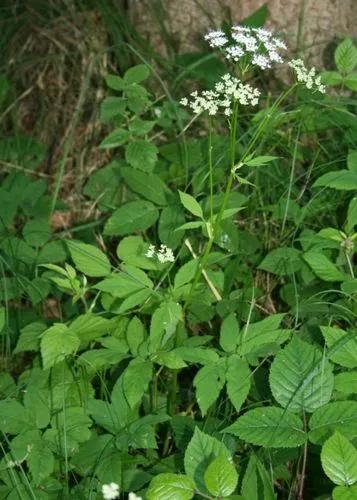Doronicum pardaliances, known as leopard's-bane, is a rhizomatous herbaceous perennial in the sunflower family Asteraceae. It has upright stems growing to 80 cm, with heart-shaped basal leaves and yellow flowers, generally 3–4 cm across.
Great leopard's-bane Care
Doronicum pardalianches



Doronicum pardalianches or Great Leopards Bane is a spreading and clump forming perennial with attractive heart shaped, mid green leaves and open faced bright yellow daisy flowers borne on slender stems. Great as a border plant or amongst shrubs for some lower level colour. They also thrive in woodland settings where they will take over the job of making strong splashes of colour after spring bulbs have finished. They make good cut flowers.
How to Care for the Plant

Water

They prefer soil that is kept moist but not soggy. These plants are not drought tolerant and need regular watering. It’s best to water thoroughly immediately after planting and then provide deep watering about once a week unless rainfall exceeds 1″ inch weekly.

Fertilizer

When introducing these plants to the garden, do not fertilize. But after the first winter, when the plants emerge in the spring, provide a light fertilizing with a balanced (10–10–10) granular fertilizer or work organic compost into the surface of the soil.

Sunlight

Choose a location with good light, though dappled shade will be quite adequate. Avoid lots of scorching sun.

Soil

Choose well-draining but organic matter rich soils with plenty of mulch to retain moisture.

Temperature

Leopard's Bane is best suited to areas with cool night temperatures in summer as they do not tolerate heat. In winter, these plants are hardy to at least -20°C. During the growing period, the preferred temperature range is 60-70°F.

Popularity

156 people already have this plant 32 people have added this plant to their wishlists
Discover more plants with the list below
Popular articles






